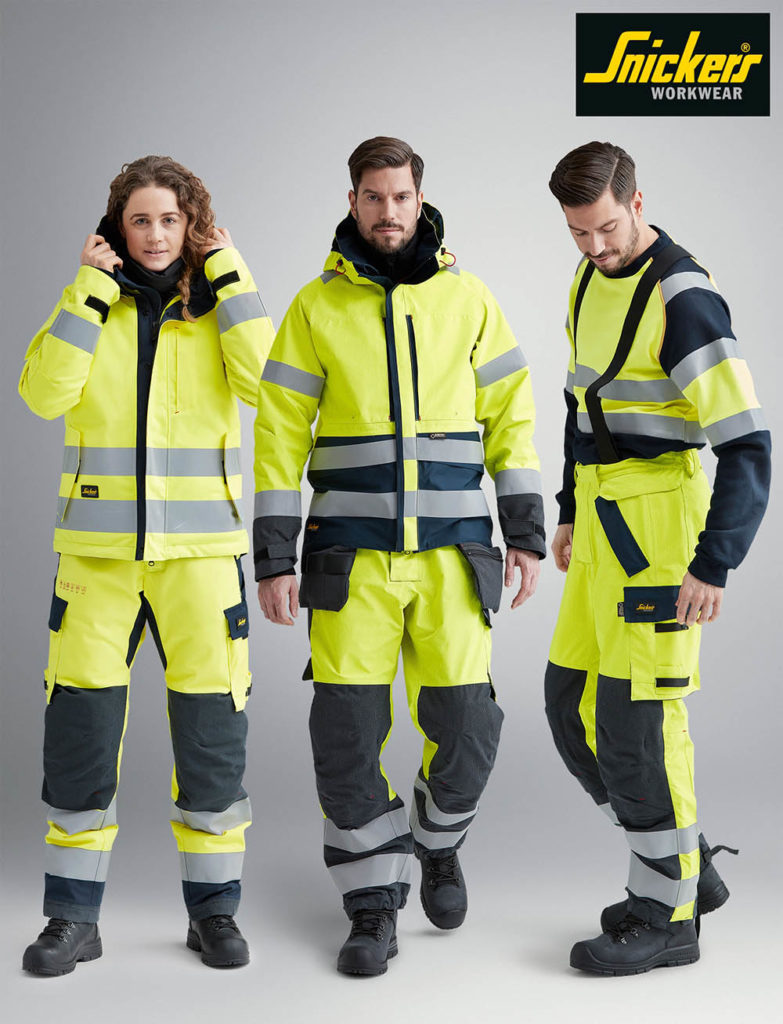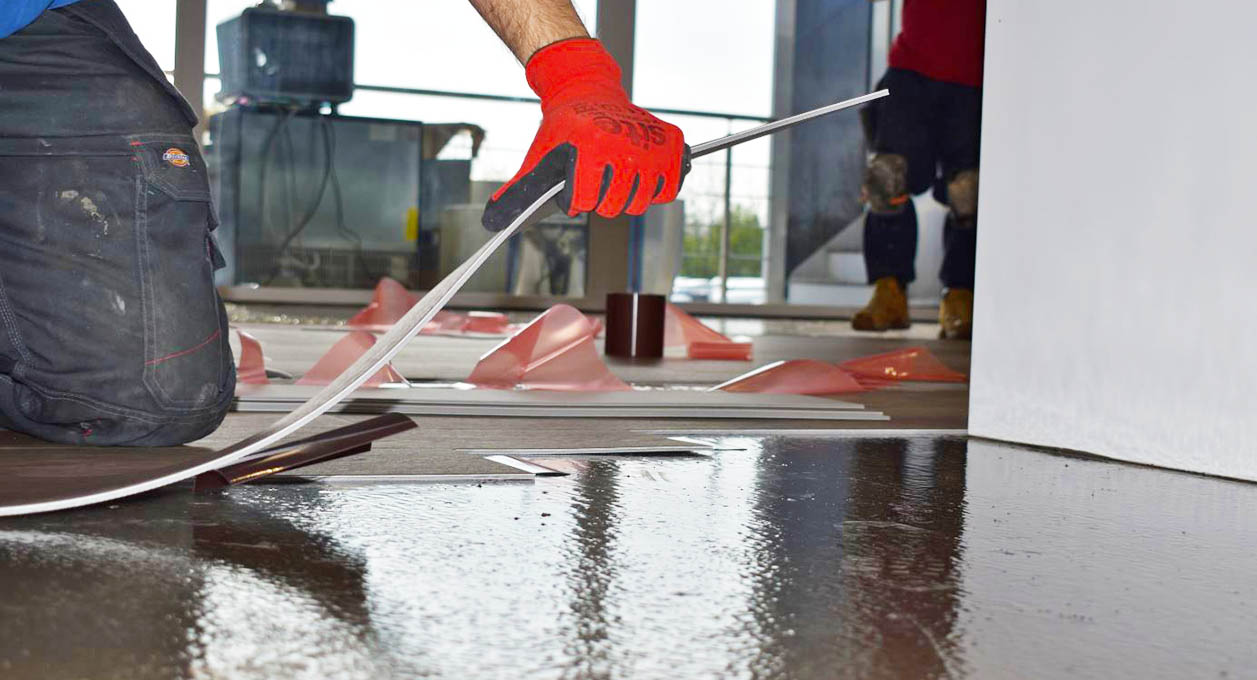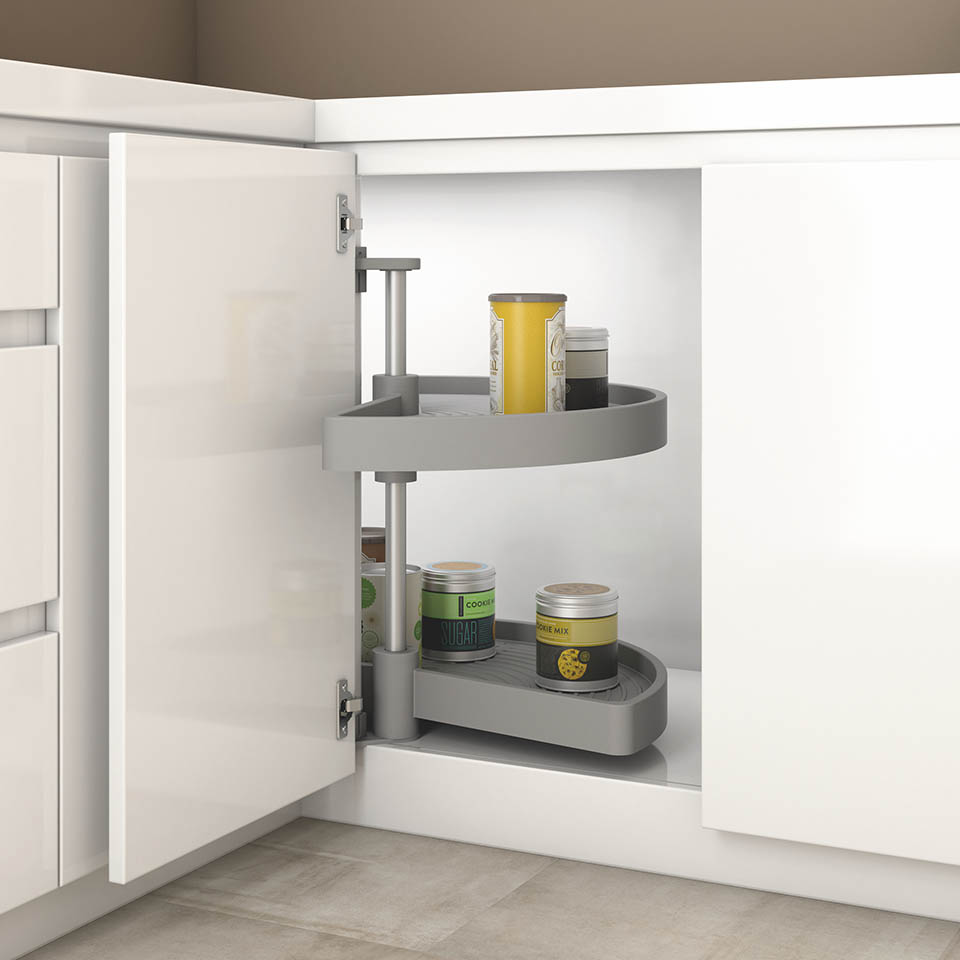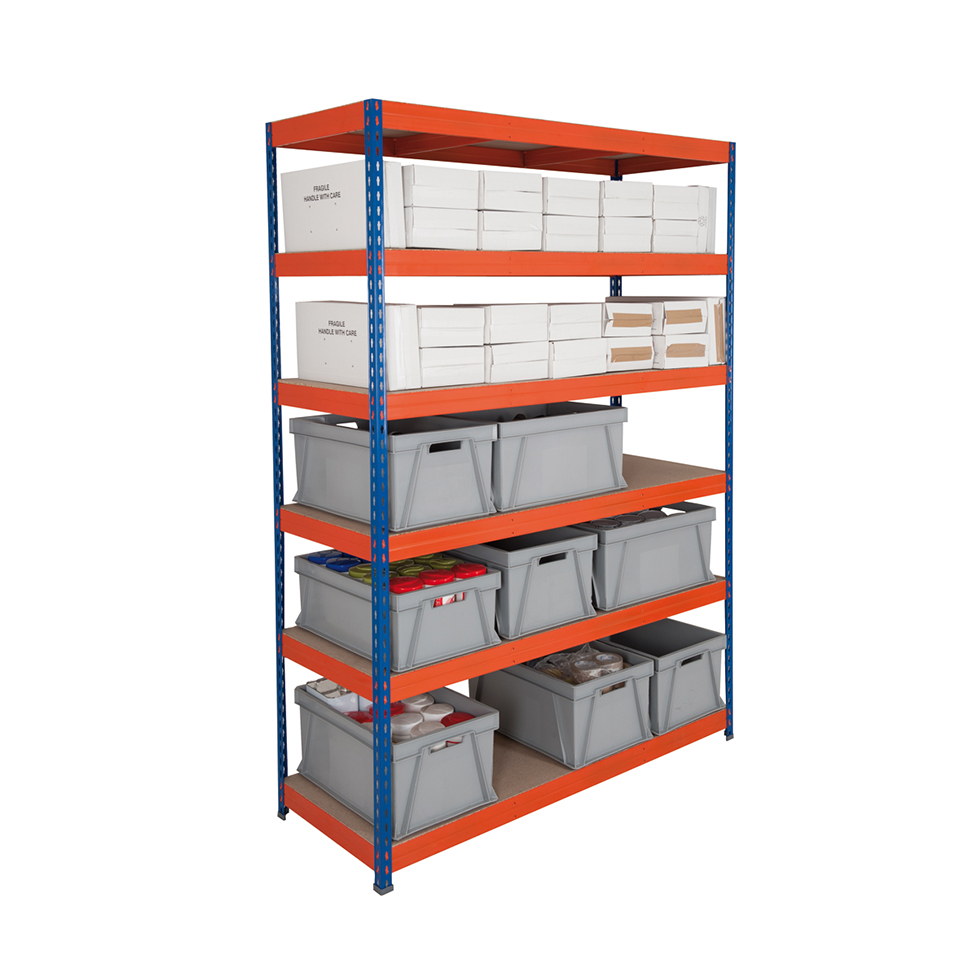When I was at college, they said to me, the first thing you need as a carpenter is a saw horse or single bevel trestle. I want you to do it yourselves. It’s thoroughly enjoyable. It’s basic hand tools. If you want to come and do any work experience with me, don’t be surprised if the first thing I say to you, is to go and make a pair of single bevel trestles. So you need to do your homework.
I’m going to do it exactly as I was taught at college. We only use one bevel or one angle for the entire trestle. It’s got an element of roof construction in it because some of the cuts are like a purlin lip cut. You probably don’t know what that is, but if you do, you know how tricky they are.
Choose your angle
The first step in the process is to choose your angle. There’s no set angle. I like to do mine at 15 degrees. It gives you a nice narrow footprint. So when you’re working around your trestle, you’re not going to catch your feet on it and so it works really well for me. I set my fence 15 degrees by my striking point, which is here.
I tighten my fence off. That’s roughly the angle that the legs will travel out in two directions. I could use my square now to mark all my angles, but it’s a bit on the large side.
I’ve used two scraps of timber and a very thin piece of MDF screwed to a piece of batten. And I’ve cut this exactly to 15 degrees. So I’ve done this on both sides. So the first job I’m going to make my top. So I have a length of timber, could be any length. It doesn’t want to be too long.
Saw horse
I’ll have eight legs and all we need to do is cut them straight in the middle. This is the first time we use the single bevel and it’s handy to have the legs together because we’re going to mark two one way and two the other way, because we need opposites.
The first thing I’ll do is mark the bevel straight down the middle of my pencil line. Then I rotate the timbers through 90 degrees, all the same way. And then I’m going to do the bevel again. I’m just going to transfer these marks so I can see them when I clamp the timbers together. My compound cut is the same bevel, this will form and set my legs in the direction that I want them to go.
Time for a jig
The beauty of making yourself a small bevel board, instead of holding a sliding bevel or a roofing square or other device, is that it is so much easier and it’s so much more accurate. You can just keep moving it around the work and it will always be true.
Now I’m going to arrange these into two sets of four, and the easiest way to do this is to make sure you’ve got all your points and opposites together. We’re looking for a set like this. You can now see that when they’re flat and level at the top, it’s sending the legs in the angle that I want them to be.
I’ve got my legs prepared, ready to be jointed, I’m going to mark the tops of the trestles up again with the same bevel. This is the single bevel trestle. I will measure in my case, 150 in from each end. I’m going to write top on here so you can see what’s the top. So using my single bevel, now I’m going to make a mark on those lines here. I’m working from the top outwards.
I love my Tracer Deep Hole Pencil, it’s got a six-millimetre shaft, so you can bore a hole through something and you can scribe with it. The best thing about it, it’s got the smallest sharpener in the whole world on this little holder, which you clip on your belt or in your shirt pocket. And it’s tiny. It’s like the smallest sharpener in the world.
I’ve always got my carpenters pencil. We repeat the process on the other side. I’m going to take one of the legs, take this one here. I’m going to cover the line. And I’m going to mark the back and repeat that process.
We remove material to form a housing for the legs. So I want you to take a marking gauge. You don’t need a marking gauge. You can use a combination square and set that to the width. Now there’s no set width or depth. What you don’t want to do is remove too much of the strength from the top. And all of the strength from the legs comes from the joint, which I’ll show you in a minute.
Eyes on the prize
This is probably the part of this that you really need to concentrate because I’m going to show you how to mark the joint on the top of the legs. And this is sometimes a bit confusing because of the fact you’re working with compound bevels, and then you actually introducing another angle, which is only 90 degrees or square or at right angles to the cuts you’re doing.
So there’s nothing tricky about it. But it’s very easy to cut the same thing twice where you meant to cut two opposites. So to enable the legs to hold the tops, I’m going to be removing this section to the shoulder lines there. And it’s a parallel knot if you like, it’s a parallel section that I’m taking out.
I’m then going to make a joint on the top of the legs, which will fit into the top and this is what it’s going to look like. There’s going to be a shoulder, which is the same thickness as what we’re removing from the top. An angled notch. We’re going to be taking it away, this section here.
The top of the legs has the stock removed. So it goes into the housing and it sets the legs off at the right angle. So what we’ve formed is the second part of the joint, which goes into the housing for the top. And this gives it all its strength.
It provides a fixing point. The top will sit into there. It’s housed into here. And that transfers all the way through to the ground. This leg will sit into there and it’ll give you a really nice joint.
Measure twice, mark once
Make sure you measure twice and you mark once before you do all that cutting because I only have enough timber here to do what I want to do. I don’t have masses of waste lying around. I’ll get my excavator once this is finished and I’ll put all the weight of the arm on it and lift the front of the excavator off the floor.
And you can just see how strong it is. When I get to do something like this, reminds me just how much I enjoy carpentry and joinery. Just nice, isn’t it?
Just great. If you’re not familiar with how to clean out a housing, you start with your chisel with the bevel, or if it’s a firmer chisel, away from you and you’ll start working away from either side, so you’re just taking out a section like this, turn it over.
Don’t just blast straight through. So you’re working from both sides towards the centre. You’re not going through it parallel because you might smash the back out. So you’re just working through either way, back to that shoulder line and then you can pair it out or you can tap out with a mallet or a chisel.
Chisel joy
Just using the flat of the chisel. And what you’re looking for is that that joint is nice and flat all the way through.
This is what I’d call site carpentry. And so I like to use a chisel, which is a little bit more robust and I save those lovely Japanese chisels for really nice delicate work where you might just be using your hand. But this has got good steel end, designed to be struck with a hammer or a mallet.
Now we need to reduce the length of the legs. You can leave them longer if you want, but I don’t really need them that long. And in tradition, what we used to do with our single bevel trestles was, was make sure that they were at the right height, that if you wanted to, you could put a notch in the end of them and you can stand a door in the end and it keeps it upright while you’re putting your hinges on et cetera.
So it’s really useful for hanging doors. And the most common doors we use are two foot three wide and two foot six wide. And so I like to get my stool. So when it’s standing, a two-foot free door will be just above it. So I can take a plane through and plane the door edge off.
Fix the legs
Take the first leg, push it into the housing, and then we need to screw that up. You can see the joint is a good fit. It really does hold itself. I’ve just got some offcuts of moisture-resistant MDF if you like, and the gusset width is the point of intersection here and to the other side. So it’s going to sit directly underneath there.
Put a bevel on the top at 15 degrees. So it comes up underneath there, nice and tight. You can see that there’s the 15-degree angle there. It will sit perfectly into here and all I’m now marking is the top of the shoulder on both sides. And this one here.
They’re going to be attached to the back of the legs. And I’m going to use these gussets to pull the legs exactly where they should be geometrically as well. You can put the gussets on first and run a hand saw down, but that’s the cheat way.
I will find the leg that’s the most flush. I will screw that side in making sure it’s tight and I’ll pull the other one to it to make it exactly right geometrically. I’m taking the leg to the angle there and it’s going to be absolutely spot on. Perfectly smooth and flush.
Carpentry life
Can’t beat it, can you? That’s what carpentry is all about, it’s working timber and taking control of it. So the last job, when you make a pair of single bevel trestles is that you want to even all the feet up, even though the legs are pretty much the same length as you saw me sort of cut them all to a pattern. When you put them all together, the geometry sometimes makes one wobble. So stand them on a flat surface. Once they’re all together, take a scribe block, run it all the way around. It’s a lovely method of making sure your work sits nice and flat.
Job done
That’s the trestle complete. Now let’s see how strong it is. Let’s put the trestle here, put some bearers underneath it. Stop those legs digging in. One and a half tons of weight. So there you have it. I’ve got all of the weight of the machine. I’ve not cheated. I’ve got it, the heavy end forward, I’ve got the blade at the front.
I’ve pushed the bucket down on it and I’ve lifted myself off the ground. This machine is one and a half tons. Okay, some of it’s on the ground, but even if 50% of the weight of this machine was coming through that trestle, that’s around about 750 kilos. I think that’s around about 2,000 pounds.
Thank you so much for joining me, why don’t you share it with someone else who you think may enjoy it? And if you’re not a subscriber to Skill Builder, now’s the time to subscribe.
🛒 Tracer Deep Hole Pencil: https://amzn.to/2ZeMtKA
🛒 Dewalt Wood Chisel Set: https://amzn.to/3bLcmGT
🛒 Stanley 512060 Block Plane: https://amzn.to/3ma0lzB
How to make a saw horse, or single bevel trestle, a really good apprentice carpenter test.
Thanks to Robin Clevett for another superb carpentry tutorial video, make sure you check out his other carpentry courses and subscribe to his channel.
How to Cut Hip Rafters: https://youtu.be/CmKZoPmROn8
How to Create a Scarf Joint: https://youtu.be/-SUtoKKNKHQ
How to Make a Tusk Tenon: https://youtu.be/osoItQj_blw
Subscribe to Robin’s channel: https://www.youtube.com/ukconstruction
More videos and articles from Robin Clevett.

































